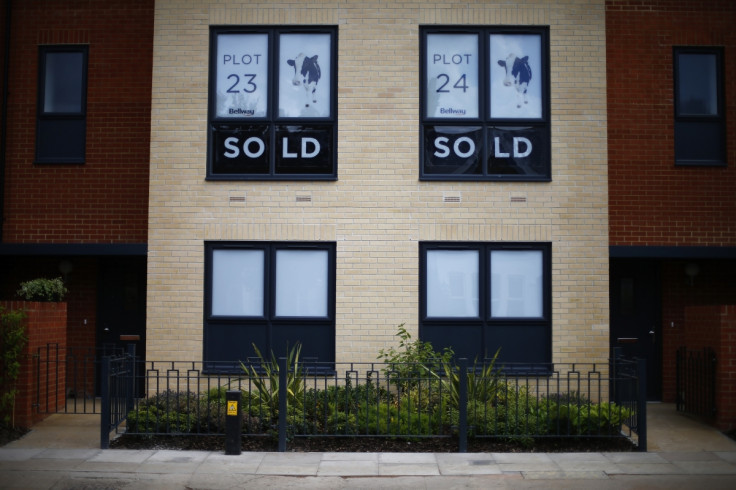UK house prices: 'There is a real and growing risk of a sizeable property market correction'

Britain's housing market is "ripe for a correction" because house prices are reaching the limit of affordability for many people, says a well-known economics research firm. House prices have soared in recent years, especially in London and the south-east of England, fuelled by a shortage of supply and intensifying demand.
A healing economy with high employment, growing wages and low interest rates has lifted demand in the property market. But the average house price in England was £302,000 ($435,000) in November 2015, says the ONS, up 50% since 2005. In London the average is £537,000, a 90% increase over a decade. To contrast with pay, average weekly earnings between 2005 and 2015 rose just 23% in England and 19% in London, much slower than property prices.
"On balance, the market again seems ripe for a correction," said the UK Housing Market Focus report by Capital Economics for January. "Yet unless the economy lapses back into recession, or interest rates rise much further and faster than seems plausible, the early stages of any adjustment are most likely to occur in real terms, with house prices rising more slowly than incomes."
Capital Economics is forecasting annual UK house price growth of 2% on average in 2016 and 2017, a sharp slowdown from recent years as affordability is stretched to its limits for first-time buyers. Many would-be buyers are now priced out of the market altogether, unable to save a sufficient deposit or secure a large enough mortgage.
"For example, over the past 18 months, the income of successful mortgage borrowers has risen almost four times as fast as national average earnings," the report said. "House prices also now appear to be at least 10% higher than the sustainable level implied by average incomes and loan-to-income multiples."
Another drag on demand which will hold down house price growth is Chancellor George Osborne's moves against the booming buy-to-let market. He scrapped a relief allowing buy-to-let investors to offset their mortgage interest payments against their income tax bills, and from April 2016 will slap an extra 3% levy on top of normal stamp duty rates for purchases of additional properties. Buy-to-let activity has surged ahead of the April tax deadline as investors rush to beat the increase.
Capital Economics concluded that "with prices rising at 1% to 2% per annum and wages by perhaps 3% or 4%, it will take around five years just to reverse the 10% to 12% overvaluation that we think currently exists in the market. And, in the meantime, if the interest rate environment were to deteriorate materially, we suspect that income multiples would also be scaled back, removing a crucial prop for prices. Accordingly, there is a real and growing risk that the market will suffer another sizeable correction at some point over the next few years."
© Copyright IBTimes 2025. All rights reserved.






















